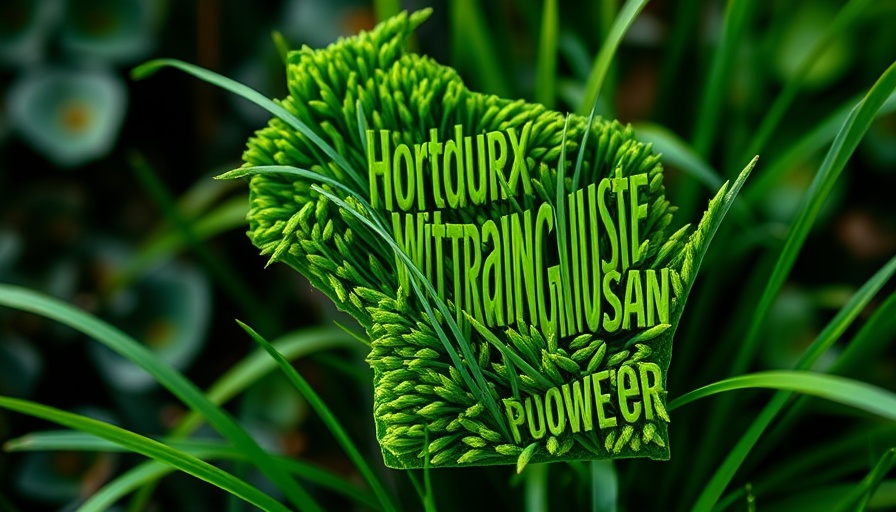
Unlock the Secrets of Growing Corn Plants Indoors
Growing a corn plant, scientifically known as Dracaena fragrans, can be a rewarding experience for homeowners and property managers looking to enhance indoor spaces. This tropical African evergreen brings height and elegance to interiors, thriving with minimal maintenance. Here’s how to cultivate this striking plant successfully in your home or property.
Why Choose Corn Plants for Indoor Spaces?
Corn plants are ideal for indoor settings due to their tall, narrow growth habit, which can reach up to six feet when potted. They not only occupy vertical space effectively but also add a touch of greenery that improves air quality. However, it’s important to note that these plants are toxic to both cats and dogs, so pet owners should exercise caution.
Optimal Conditions for Growth
To ensure your corn plant flourishes, place it in bright, indirect light. Direct sunlight can scorch its long, slender leaves. The ideal soil type should be well-draining and moist, with a pH level between 6.1 and 6.5. Such conditions mimic the plant's natural environment, aiding its growth and bloom cycle. Corn plants typically bloom late in the spring or fall, producing fragrant flowers that are often white or yellow.
Common Challenges in Indoor Corn Plant Care
Despite being relatively low-maintenance, corn plants can encounter a few common issues. Overwatering can lead to root rot, so it’s essential to allow the soil to dry slightly between waterings. Additionally, watch out for pests like spider mites and mealybugs, which can thrive in warmer, dry conditions. Regularly inspecting your plant can help you catch these problems early.
Pruning and Propagation Tips
Pruning is key to maintaining the health and appearance of your corn plant. Remove any dead or yellowing leaves to promote bushier growth. For those interested in propagation, the best method involves cutting part of a stem and allowing it to root in water or moist soil. This gives you the chance to expand your green space or gift a plant to a friend!
Making the Most of Your Corn Plant
Adding a corn plant to your home decor not only adds beauty but also brings a sense of tranquility. As you care for your corn plant, consider how it can complement other plants in your space, creating a lush indoor garden. When positioned thoughtfully, this plant can be a striking focal point in living rooms or office spaces, enhancing the ambiance.
Additionally, for commercial property owners, incorporating corn plants into your landscape design can improve perception and comfort in shared spaces. A vibrant indoor environment speaks volumes to tenants and visitors alike.
Call Local Pros for Expert Lawn Care
If you’re eager to enhance your lawn and landscape beyond just houseplants, consider reaching out to local professionals. They can assist with everything from lawn care to seasonal maintenance. For advice tailored to your specific needs, call Everett Lucas at 231-450-3414 now!
 Add Row
Add Row 
 Add
Add 


Write A Comment